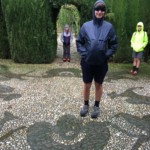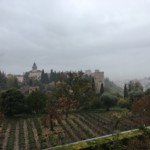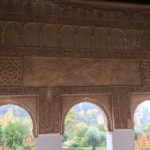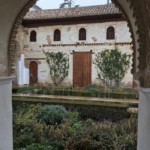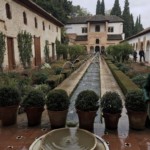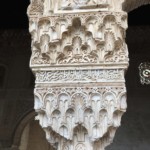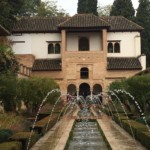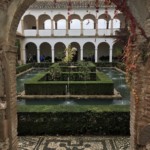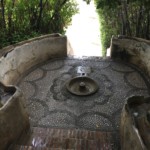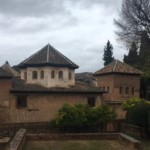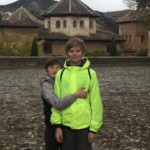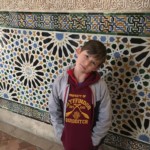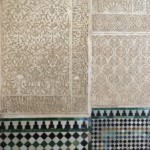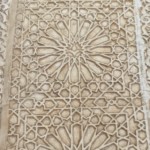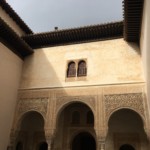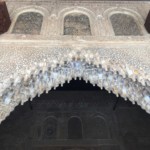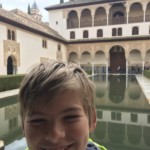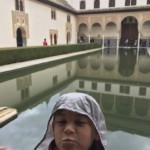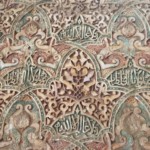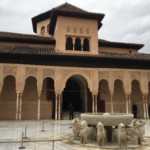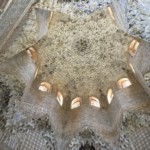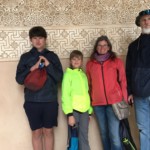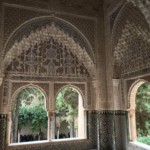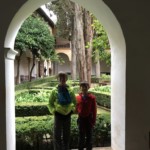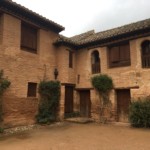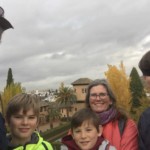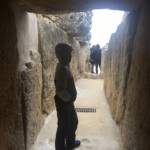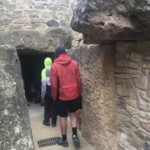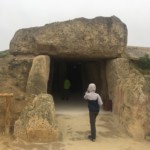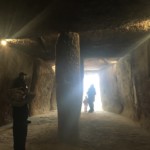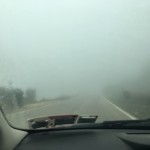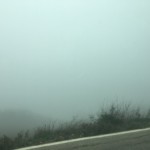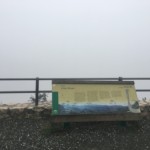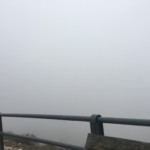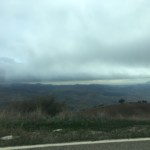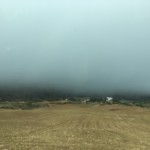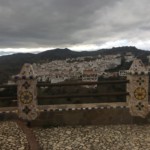This Christmas was a bit different from others, and was very low key. The new year was also different, but much much bigger. At Christmas we all got ?Candy?, and a few other things in the stocking. Nate and I got phones!!(☎️) I also discovered I like Calligraphy. There was no excitement from other houses on Xmas.
Very, very quiet.
New Year. We were watching a thing in Berlin, but we got shoes on and went outside. We lit sparklers. But at midnight the entire valley was launching fireworks, and some one was out launching them every few houses. It sounded like we were walking through a minefield. We saw some friendly neighbors out having a drink to. They went full speed until about one, and then slowed down. The fireworks I mean not the drinks.
Jena & Weimar
On Saturday, we went to Jena and Weimar. Jena is a large university town, and Weimar is where the Weimar Republic, the government of Germany between the World Wars, was based. Weimar was also the home of Goethe, an author, and Schiller, a playwright.
Jena still has some remnants of the old city wall, including the Johannistor, which is the only remaining gate. It’s said that for students, walking through the Johannistor brings bad luck on exams.
Weimar was an interesting place to go. There were quite a few open pedestrian areas that didn’t seem to have a border with actual roads and many of the squares had grilled bratwurst stands.
Weimar is also where the Bauhaus art style started. Bauhaus places priority on utility and is similar to modernism. There is a Bauhaus museum in Weimar, but we didn’t visit it because we were getting tired of walking around.
Jena
Last Saturday we went to Jena and Weimar. That was very interesting, because Mom had already been there, and knew, sort of, her way around. It was very fun.
The week of driving
Thursday was Thanksgiving, two days before we left. We had salmon, salad with pomegranate seeds along with mashed sweet potatoes and some kind of green beans. Friday was packing. All-day was packing. It wasn’t quite as bad as I thought, I guess. on Saturday we left at ten and drove to Valencia.
We arrived at the hotel at around 8:30 and checked in then had dinner. In the morning we left at roughly 8:30. we arrived at the house near Montpellier with a hot tub. We got in the hot tub. On Monday we went on a bike ride. Then mom and dad went to the store while we relaxed in the hot tub.
On Tuesday we left at 9ish. We stopped at Pont du Garde, a Roman aqueduct, a bridge used purely for bringing water into the city. It was enormous. We arrived in Geneva. On Wednesday the next day, we left to go to CERN with an LHC, a large hadron collider. It collides particles so they break apart to enter secret dimensions. It’s cool.
We left at around 8:30 and arrived at Stuttgart, where the Martinez’s are. On Friday evening we went to a Christmas market where we got a delicious cup of apple cider, called Kinderpunsch in Germany. We also got REALLY good bratwurst, a german type of sausages. I liked the boar sausages best, Ben liked the venison best and I don’t know about anyone else.
Me and Ben got more Rostbratwurst. I could not finish mine, so Ben had to finish mine. The next day we left around 1:30 and arrived at Buchenau (Eiterfeld) around 5:30-6:00.
The monster drive
This last week we drove 2500 km in 4 days driving, 3 resting. We started in Coin, Spain, near Malaga, and got to Buchenau, Germany. The first day was 9 hours and we got to a hotel still in Spain. The waitress was pointing out a dessert to Mom, so she used google translate, and it said it was something like ‘Cream of Polecat’. We then drove another 9ish hours to a place in the south of France that had a hot tub, an excellent stay, although the outside kitchen was massive, the inside one was tiny, and the bedding arrangement was far from ideal. We got there in the evening, slept, had a full day around there, going on a bike ride. Then we got up in the morning and left for Geneva. We got there in the evening after another 8-9 hour drive, and spent the next day at CERN, a fascinating place but Ben and Dad appreciated it more than I did, although I enjoyed and followed most of it. Next was a 10 hour drive to the Martinezes in Stuttgart, some old friends from Whidbey. we spent a full day there as well, going to the Christmas market, and seeing the Martinezes. Another 4 hours down the rode was our destination, a stay for 6 weeks.
CERN
Today, we visited CERN. Visits and guided tours are free, although guided tours book up very fast in the summer. Tickets aren’t available for a guided tour on a certain day until 15 days before, and in summer can be booked up in seconds.
First, we went to the globe, where there is an exhibit called the Universe of Particles. In the exhibition, there were various displays of things that are connected to CERN, like papers about the Higgs-Boson particle, an original proposal for the internet, and the first particle accelerator. There were also touch-screen displays showing graphics about the accelerators and a projected film about the development of particles right after the Big Bang.
Once we were finished with the Universe of Particles, it was nearly time for our tour. Nate didn’t come on it, since the minimum recommended age for the tours is 12. The three of us got our visitors badges, then waited until we were told to go into a presentation room, where the basic structure of the tour was introduced and another guide tried to fix the tech problems that come with conference or meeting room screens. He got it working, and we were given a presentation on what CERN is.
After that, the tour group was split up into two groups that did the tour in opposite orders. We started by going to look at the first particle accelerator at CERN, the Synchrocyclotron. It was constructed in 1957, right after CERN was created. The walls of the building it’s in are 5 meters thick!
After looking at a presentation about the Synchrocyclotron projected onto it, we went into the other permanent exhibit, the Microcosm. At the beginning of it, there was a map of the accelerators and an explanation of where they get the protons that they accelerate – They are extracted from hydrogen.
The next part of the permanent exhibit showed the acceleration pipe. It’s only around 60 cm in diameter. Inside, there are two pipes that are only a couple cm in diameter, which is where the proton beams go. Around that are superconductor coils that produce the magnetic field, using 18500 amps, which are surrounded by insulation.
After seeing the acceleration pipe, we looked at a cross-section of a detector. It has several detection layers – the pixel detector to detect the location of the particles coming off of the collision, a magnetic field to cause the particles to turn to detect the velocity of the particles as well, surrounded by crystal detectors that measure the energy of the particle by turning the energy into light, surrounded by muon detectors. The detectors are very large – the CMS is the smallest, and it is 15 meters high and 21 meters long.
Alhambra
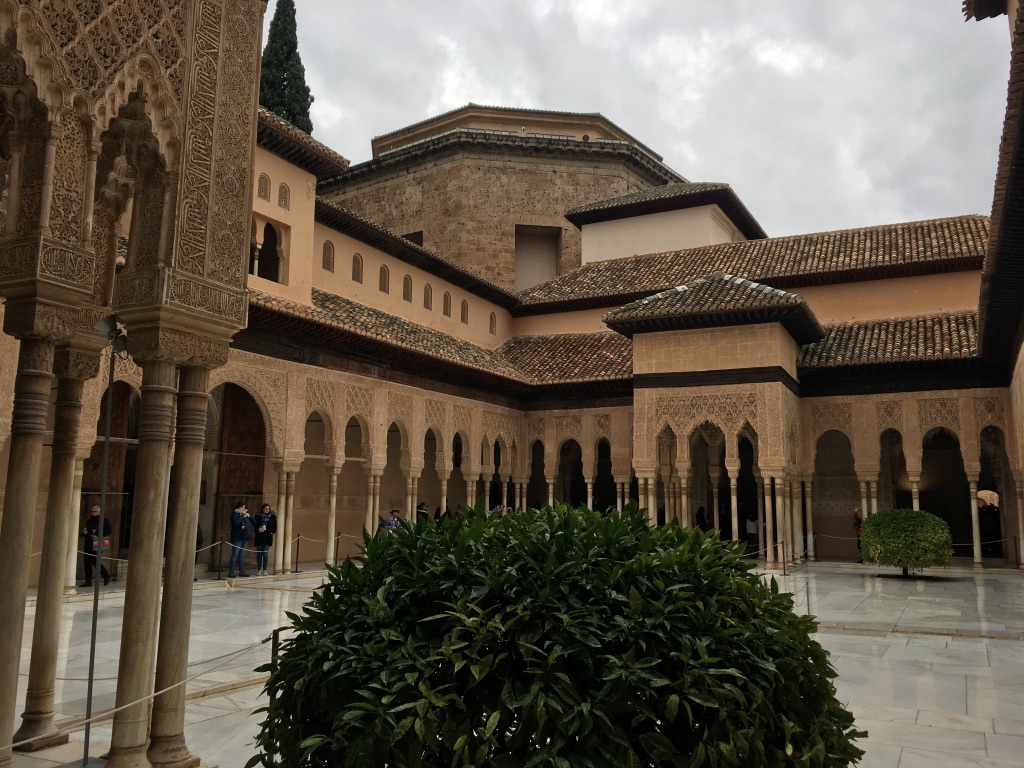
As soon as we got to Spain, we looked into visiting the Alhambra. Tickets are limited and were booked up for a few weeks, so Thursday this week was the first available day we could visit. Unfortunately the weather wasn’t great, so we didn’t quite get to appreciate the coolness of the water features in the intense heat they were designed for, but it was still a fascinating visit and the architecture and geometric patterns are amazing.
The Alhambra
We went to the Alhambra yesterday. We had to wait two weeks to get tickets, so it is a popular place to go even in the off-season. The weather was not great, although it did clear up later in the day.
The Alhambra is one of the more famous pieces of architecture in Spain. It dates back to 889 AD, although the complex has been added to and changed in many ways over the years. It was originally a small fortress, but fell out of use until the 14th century, when an emir of the Nasrid dynasty rebuilt it and added a large palace complex around it. The palace is the place that shows the most of the architecture and carving, although other parts of the complex display similar designs. Most of the artwork in the palace is just designs or Arabic calligraphy, but there are 3 paintings that show people in the top of alcoves.
The Alhambra complex has an impressive water system. There are fountains all over the place, and since this is on top of a large hill, the fact that they had running water in the 14th century is quite impressive. There are a few staircases where there are water channels down the sides or the centre. Many entrance arches have niches in the walls for water bowls, which shows how much significance water has in this culture where they live in a very dry environment. There are also various pools in courtyards that at the time, would have reflected the architecture and been very peaceful places. Since the palace was built, fountains were added in the 16th century, making the water less still and reflect the architecture less.
Spain
O.K to make a long story short, I LOVE SPAIN! But I will tell you about the things we did. OK the first 4 days of the week, we lazed about in the house not doing much because Dad was working. Don’t get me wrong, I totally support his work as that is how we are funding this trip.
Then on Friday we went to Ronda, a town built on a gorge that meets the ground.
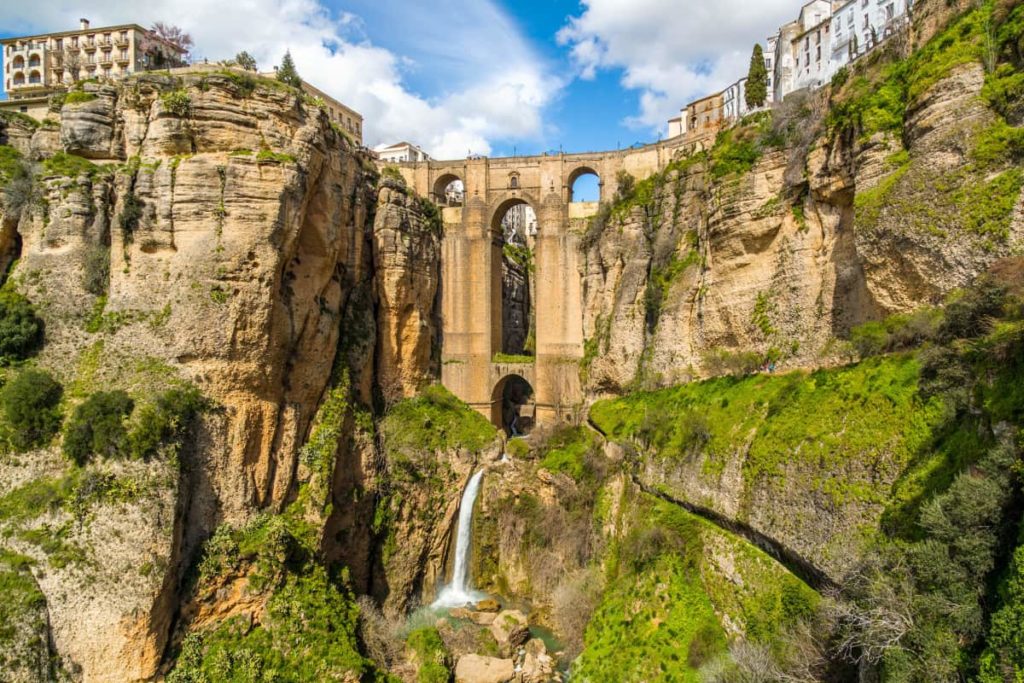
It was not quite as good of a day it was more cloudy but beautiful nonetheless. I think the most amazing part of it was the bridge. On the Saturday after Ronda we went to Fuengirola beach (a rocky beach) for a short walk. On Tuesday afternoon we went to a mediterranean beach for a swim. We built a sand castle with 3 walls in front of it and 3 trenches as well as its own walls. One thursday we went to the Alhambra,a great place to visit for architecture…
Antequera and El Torcal

Antequera was an important town in Roman times, but its history goes back much further. On Sunday we visited the Bronze Age burial mounds, which bear a fairly strong resemblance to Newgrange and the passage tombs in Ireland. We thought we’d see a bit more of the area, and intended to stop for a hike at El Torcal, but it was raining and visibility in the park was awful, so we admired the not-view (I believe there were supposed to be mountains to see?) and just came home. Looking back up once we got below the cloud, it was clear why we saw nothing! The views did get better as we got nearer home.

